Login
SubscribeLatest
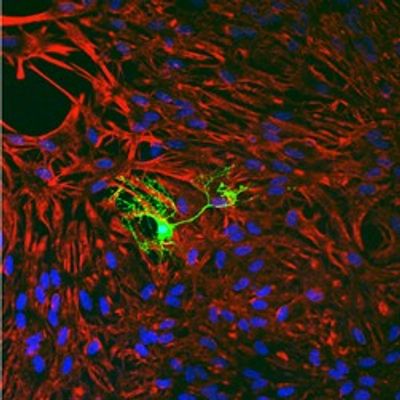
Searching for a Direct Route to Multiple Sclerosis Treatment
Deanna MacNeil, PhD | Jul 17, 2023 | 3 min read
Researchers created a new high-throughput tool to hunt for therapies that remyelinate the nervous system.

The Future of Gene Therapy for a Rare Pediatric Autoimmune Disease
Niki Spahich, PhD | Jul 10, 2023 | 3 min read
By editing a mutated immune regulatory gene in patient cells, Rosa Bacchetta brings hope to those suffering from IPEX syndrome.

Targeted DNA Sequencing: Probing for Answers
The Scientist’s Creative Services Team and Roche | 1 min read
A more focused investigation for more in-depth answers.

On-Again, Off-Again Connections Advance Eye Regeneration
Iris Kulbatski, PhD | Jul 10, 2023 | 3 min read
Researchers track neural connections between retinal cells in a dish to understand their therapeutic potential.
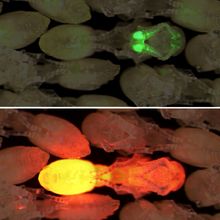
Spying on Transgenic Ants Reveals How Their Brains Respond to Alarm Odors
Alejandra Manjarrez, PhD | Jul 7, 2023 | 2 min read
By successfully creating transgenic ants for the first time, researchers discovered that danger-signaling pheromones activate a sensory hub in the ants’ brains.
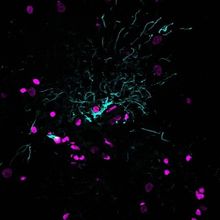
Stepping Out of the Background
The Scientist’s Creative Services Team and Biotium | 4 min read
New developments in non-specific fluorescence quenching offer researchers clearer pictures and more multiplexing possibilities.
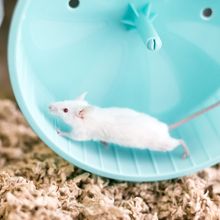
An Exercise-induced Liver Enzyme Boosts Metabolism
Natalia Mesa, PhD | Jul 7, 2023 | 3 min read
Exercise drives the liver to produce the CES2 enzyme, which circulates in blood and delivers some of the benefits of exercise in mice.
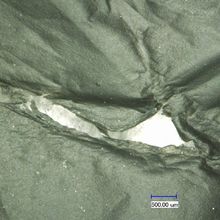
Alpine and Arctic Microbes Break Down Plastics
Alejandra Manjarrez, PhD | Jul 7, 2023 | 2 min read
Researchers identified cold-adapted microbes that degrade certain plastics at low temperatures, potentially saving energy in industrial recycling.
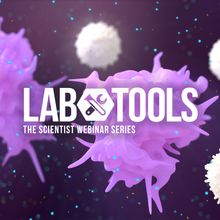
Beyond Gravity: Immune-Mediated Liver Damage in Spaceflight
The Scientist’s Creative Services Team | 1 min read
In this webinar, Noah Allen will explore how spaceflight changes the way organs and systems function, focusing on immune-mediated liver damage.
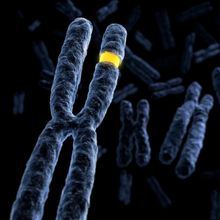
Immunity Genes May Play a Role in Down Syndrome
Kamal Nahas, PhD | Jul 6, 2023 | 4 min read
Extra copies of four interferon receptor genes found on human chromosome 21 trigger developmental changes in a mouse model of Down syndrome.
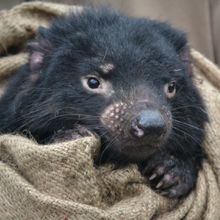
Tasmanian Devils Face Threats from Rapidly Evolving Facial Cancers
Natalia Mesa, PhD | Jun 30, 2023 | 3 min read
A genetic study tracked the evolution of two transmissible cancers currently ravaging populations of Tasmanian devils.
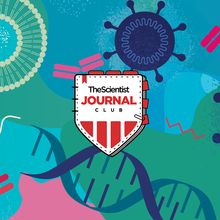
The Scientist’s Journal Club: Infectious Diseases
The Scientist’s Creative Services Team | 1 min read
Scientists present the latest research on infection prevention and treatment, including COVID-19 and tropical infectious diseases.
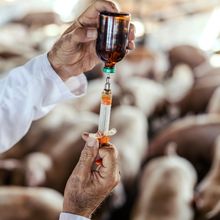
Antimicrobial Resistance: The Silent Pandemic
Danielle Gerhard, PhD | Jun 30, 2023 | 9 min read
Scientists continue to ring alarm bells about the risks associated with the continued misuse of antimicrobials and advocate for innovative treatments, improved surveillance, and greater public health education.
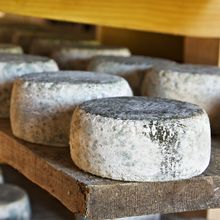
Deleting a Gene Quells a Pesky Cheese-destroying Fungus
Natalia Mesa, PhD | Jun 30, 2023 | 3 min read
Fungi disrupt microbial communities on cheese by making antibiotics.
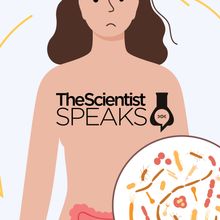
Fecal Microbiota Transplants: From Gut Infections to Psychiatric Disorders
The Scientist’s Creative Services Team | 1 min read
Fecal transplants may help scientists improve current treatment strategies for anorexia nervosa.